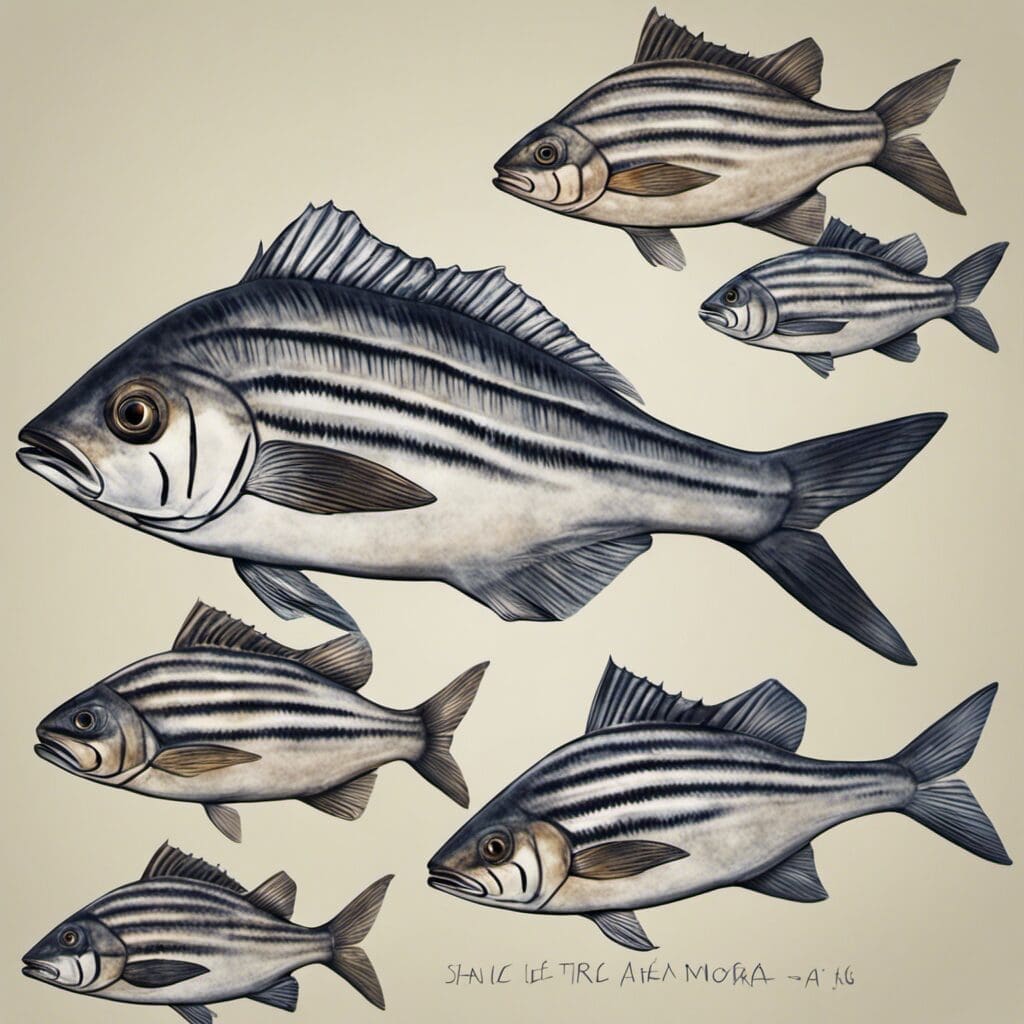Introduction
The Striped Mojarra, scientifically known as Eugerres plumieri, is a marine species belonging to the Gerreidae family.
Conservation Status
The current conservation status of Striped Mojarra is listed as ‘Least Concerned’ by the majority of the conservation societies.
Statistics
| Average | Range | |
|---|---|---|
| Length | 20 cm | 10-30 cm |
| Weight | 150 grams | 80-300 grams |
| Average Lifespan | 7-10 years |
Distribution
This species is commonly found along the Atlantic coast of Central and South America, from Mexico to Brazil, including the Caribbean Islands.
Habitats
- Water type: Marine, Freshwater, Brackish
- Depth range: Surface to 20 meters depth
- Temperature range: Warm temperate-tropical waters
When and Where to See
Striped Mojarra can be seen year-round, especially during early morning and late afternoon when they come to shallow water for feeding.
Best Fishing Locations
The top fishing locations for Striped Mojarra are around estuaries and mangrove areas, especially in the following regions:
- Yucatan Peninsula, Mexico
- Florida Keys, USA
- Coastal Waters of Belize
- San Juan, Puerto Rico
- Bocas del Toro, Panama
- Fernando de Noronha, Brazil
How to Catch
Fishing techniques such as fly fishing, light tackle, and bottom fishing are typically used to catch Striped Mojarra. They respond well to small baits and even minute lures, and are easier to catch during summer months.
Identification Guide
Striped Mojarra can be identified by its elongated body, silver color with a greenish hue, distinct dark strip from snout to tail, and large eyes.
Culinary
How to Cook
Striped Mojarra is considered good table fare. It can be seasoned, filleted, and cooked over a grill or shredded into fish cakes.
Taste Profile
It offers a light, delicate flavor with a slightly sweet aftertaste.
Nutritional Information
Striped Mojarra is rich in protein, Omega-3 fatty acids, and essential vitamins.
Additional Information
Behavior
Striped Mojarra are omnivorous. They feed mostly on small crustaceans, mollusks, and algal material.
Predators and Threats
Human-induced threats include overfishing and habitat destruction. Predators are mainly larger fish and birds.
References and Further Reading
For more information on Striped Mojarra, consider the following resources:

